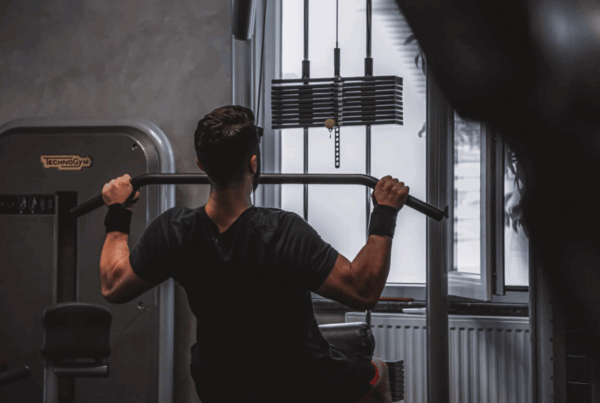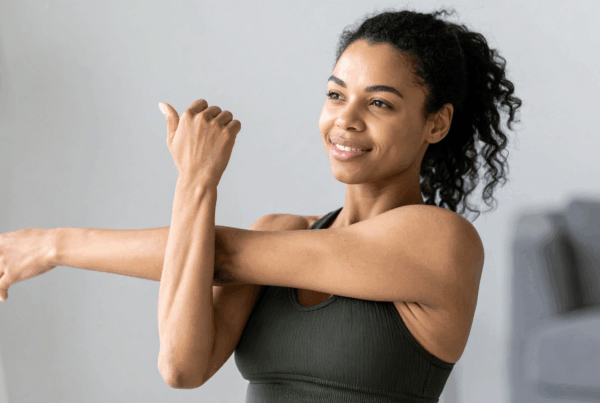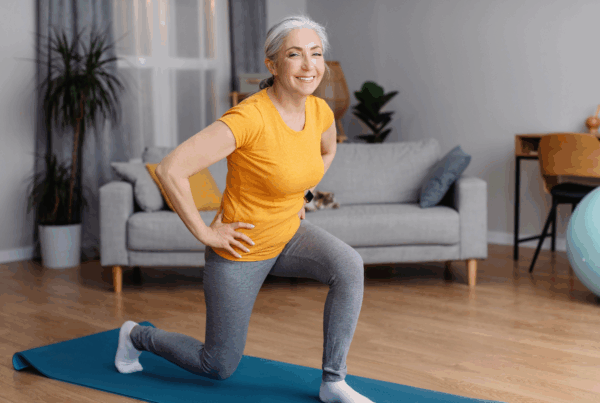When people think about recovering from injury, they often focus solely on the body part that was damaged; a sprained ankle, a torn rotator cuff, or a fractured wrist. But what happens beyond the injury site is equally important.
Injury-related inactivity doesn’t just weaken the muscles you see. It changes the way the brain and body communicate, leading to widespread loss of physical capacity, persistent pain, and slower return to work, even after the injury itself has healed.
At Specialised Health, we see this all the time. Our role is to look beyond the injury and address these whole-person effects.
Understanding Neuroplasticity
Neuroplasticity is the brain’s remarkable ability to adapt, change and re-organise itself based on experience. It’s what allows us to learn new skills, recover after a stroke, and importantly, regain lost function after injury.
When an injury limits movement, the brain’s “map” of that body part can become less precise, a phenomenon sometimes called “cortical smudging.” Pain plays a big role here, too: it doesn’t just hurt in the moment; it changes how the nervous system interprets and responds to signals. Pain can increase sensitivity, create protective movement patterns and lead to fear of certain movements.
Over time, if these patterns aren’t addressed, they can become entrenched. Even after the tissues have healed, someone might continue to move differently, feel weaker, or avoid activities altogether. Not because the injury persists, but because the brain’s patterns have changed.
Movement as Medicine
The good news? The same neuroplasticity that underpins these unhelpful changes also enables recovery. Movement, done with purpose and intention, is the primary way we can rewire the brain after injury.
Practicing meaningful, relevant movements sends clear, repeated signals to the brain that rebuild more accurate, efficient pathways. It helps refine those “maps,” reduce pain sensitivity, and restore confidence in using the body.
For example, a person recovering from a wrist fracture might initially protect the area, avoiding weight-bearing or certain movements. Over time, graded exposure to these tasks retrains the brain to recognise them as safe, reducing fear and pain while restoring function.
This approach also extends to more complex tasks. A tradie recovering from a knee injury might need to learn to squat, kneel, and carry loads again. Someone returning to a desk job after shoulder surgery might need to rebuild endurance for typing or overhead reaching. Rather than generic exercise, rehabilitation must be specific to what that person needs to do.
The Challenge of Inactivity
One of the biggest barriers to neuroplastic recovery is avoidance; often driven by pain or fear of reinjury. While rest is often essential early on, prolonged inactivity can actually make things worse.
When someone stops using an area, they’re not just losing strength or flexibility. They’re depriving the brain of the information it needs to rebuild accurate control. This can lead to ongoing stiffness, weakness, and pain, creating a cycle that delays recovery.
We often work with clients who feel frustrated that they’re still struggling months after an injury. They might say, “It’s healed, so why does it still hurt?” The answer often lies in these nervous system adaptations. Addressing them requires more than waiting for tissues to heal. It requires teaching the brain and body to move well again.
Return to Work: More Than Just Strength
This brain-body connection is especially important when someone is returning to work. Jobs often demand more than basic movement: they might involve repetitive lifting, long hours on the feet, fine motor skills, multitasking, or high-pressure problem-solving.
At Specialised Health, our programs focus on rebuilding these real-world capacities. That means progressively reintroducing work-like tasks, teaching strategies to manage fatigue and pain, and building the confidence to trust the body again.
By intentionally designing movement that’s specific, meaningful, and graded, we help people not just get moving, but move in a way that supports their real-life goals.
We work to:
- Identify unhelpful movement patterns and compensations.
- Design progressive, specific tasks that rebuild capacity safely.
- Support nervous system regulation, reducing pain sensitivity and fear.
- Coach people in strategies they can use independently, fostering long-term recovery.
Ultimately, neuroplasticity is what makes recovery possible. By using movement as medicine, we can help people not only heal their injuries, but regain their independence, their work capacity and their confidence.
If you’re looking for support with recovery; whether for your clients, customers or your employees, get in touch. We’re here to help make meaningful movement part of the journey back.
Author: Tessa Nielsen
#exercisephysiology #exerciserehab #rehabilitation #lifeinsurance #incomeprotection #ctp #workcover #mobile #mobileexercisephysiology #fatigue #mentalhealth #cancer #musculoskeletal #injury #pain #physio #physiotherapy #Sydney #Brisbane #Melbourne #Adelaide #Auckland #Waikato #BayofPlenty #Wellington #Otago #Christchurch



